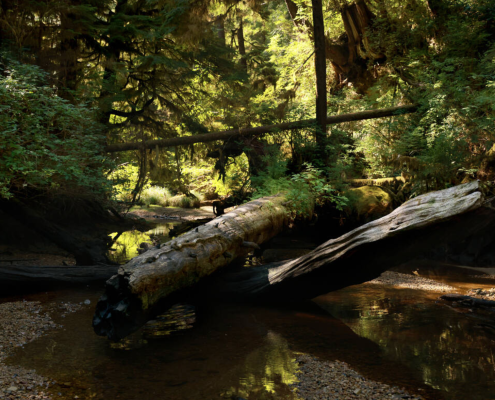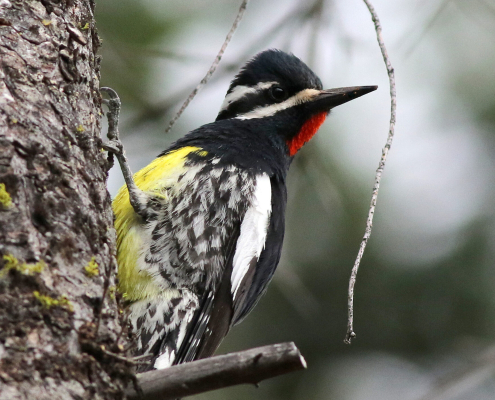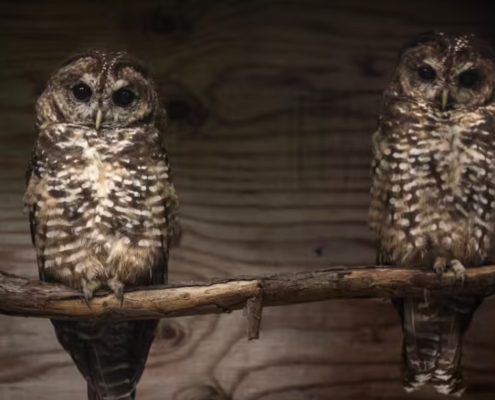
SALMON PARKS: Inside a movement to conserve Pacific Northwest old growth
The Seattle Times covers The Nuchatlaht and Mowachaht/Muchalaht First Nations' efforts to establish a number of Salmon Parks in their unceded territories that would protect hundreds of square kilometres of ancient forests, salmon watersheds, and previously logged areas in need of restoration.

Sapsucker housing crisis: endangered woodpecker ‘condos’ are being clear cut
Almost two decades after the Williamson’s sapsucker was listed as endangered under Canada’s Species at Risk Act, the BC government continues to sanction logging in the bird’s old-growth forest critical habitat.

BC extends ban on old-growth logging for two years to assist endangered spotted owl’s recovery
On Friday, the province announced it had extended the suspension of old-growth logging activity in the Fraser Canyon's Spuzzum and Utzilus watersheds for two more years to help with the recovery of the critically endangered spotted owl.
